Analysis of Water Soluble Vitamins By HPLC-DAD
Introduction
Vitamins are critical compounds which are essential for normal metabolism function. They are naturally found in many foods but are also often added to processed food products. Additionally, vitamin supplements are a growing trend among people whose diet is restricted. Vitamins are separated into two groups; water soluble and fat soluble. The most common water-soluble vitamin supplements are Thiamine (B1), Pyridoxine (B6), Cyanocobalamin (B12), Riboflavin (B2), Niacin (B3) Nicotinamide, Ascorbic Glucoside, Vitamin C and Erythorbic Acid.
Routine analysis of water-soluble vitamins can be challenging due to the unstable nature of the target analytes. Many factors can affect vitamin stability such as exposure to heat, light, air as well as interactions with other food components. By using reverse phase high pressure liquid chromatography (HPLC) with Diode Array Detector (DAD) a qualitative method for the detection of water-soluble vitamins was easily developed. For quantitative analysis, separate HPLC methods are recommended due to Vitamin C and Erythorbic Acid instability in which decomposition regularly occurs during sample preparation.
Experimental
A SCION 6000 HPLC with DAD was used with a C18 (5µm) reverse phase column for the simultaneous identification of nine target compounds.
Analytical standards were prepared with a range from 0.1mg/L to 50mg/L in tetrabutylammonium. For the analysis of vitamins B1 and B6, hydrochloride salt was used. Samples included a vitamin enriched health drink and a nutritional supplement. Samples were diluted 1:10 before being filtered through a 0.45µm filter. Analytical conditions for the HPLC-DAD can be found in Table 1.
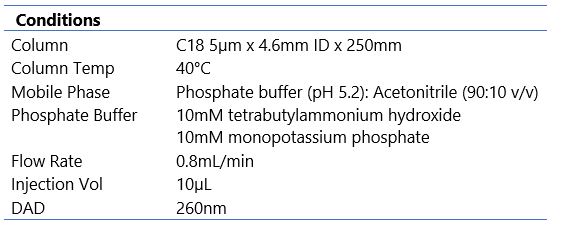
Table 1a. Analytical conditions of the HPLC-DAD
Results
Excellent linearity was observed with all target compounds; R2 value was 0.996 or greater. To ensure good linearity Vitamin C, Erythorbic Acid and Vitamin B12 must be prepared daily, due to the instability of the vitamins in the eluent. Figure 1 shows the linearity of Vitamin B6 which is representative of all target compounds with the exception of three above (R2 was 0.996).
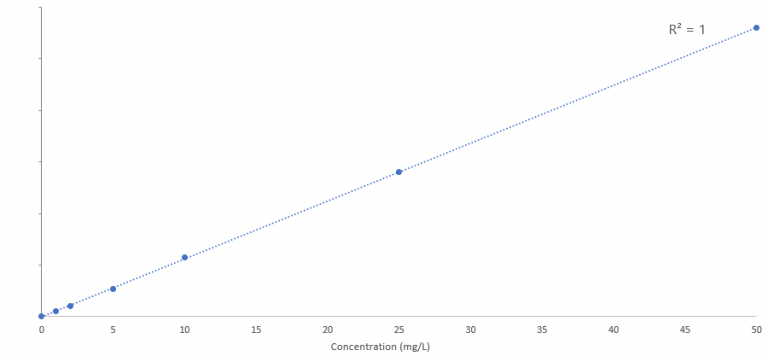
Figure 1. Calibration curve of Vitamin B6
Table 2 lists each target compound and corresponding peak number for Figure 2. Figure 2 shows the chromatogram of the 5mg/L analytical standard.
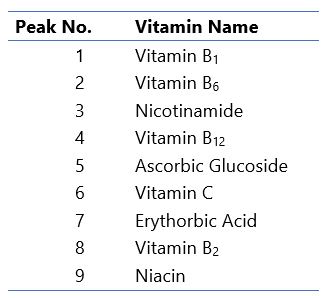
Table 2. Peak Identifiers/ Vitamin Name
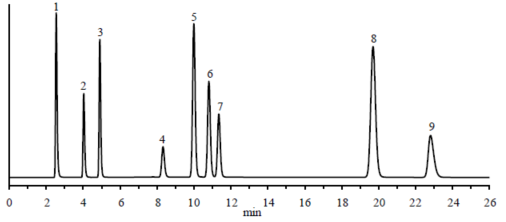
Figure 2. Chromatogram of 5mg/L analytical standard
Figure 2 highlights the excellent separation and peak shape of each target Vitamin. Figure 3 shows the chromatogram obtained when the vitamin enriched drink sample was analysed. Additionally, Figure 4 highlights the capability of the Compass CDS software to compare the absorption spectrum of the target analyte with the spectrum of the analytical standard, providing extra confidence of the results.
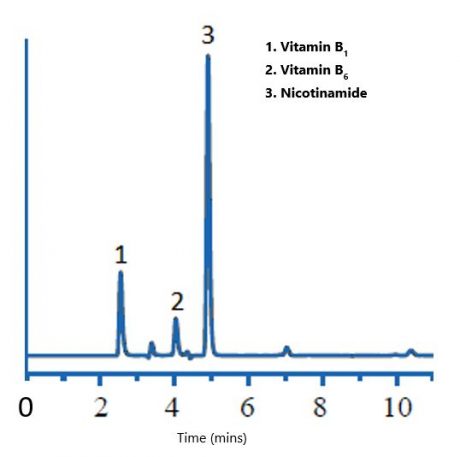
Figure 3. Chromatogram of vitamin enriched health drink
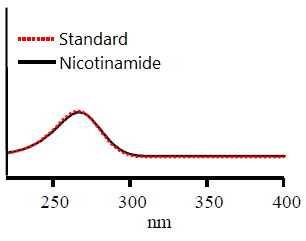
Figure 4. Absorption spectrum comparison of standard and health drink sample
Figure 5 shows the chromatogram of the nutritional supplement sample whilst Figure 6 details the absorption spectrum comparison of Vitamin C to the analytical standard.
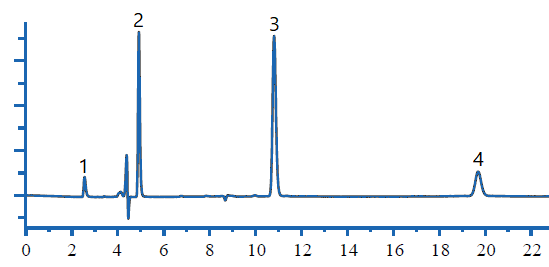
Figure 5. Chromatogram of nutritional supplement sample
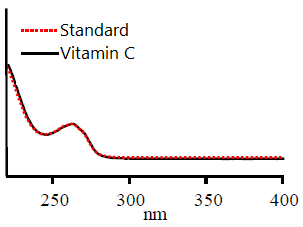
Figure 6. Absorption spectrum comparison of standard and nutritional supplement sample
The nutritional supplement sample contained one more vitamin, Vitamin C, than the vitamin enriched health drink. The only vitamins present in both samples were Vitamin B1 and Nicotinamide. The absorbance spectrum comparisons confirm that the identified target compounds have the exact same absorbance pattern as the corresponding standard for that compound, adding an extra level of confidence in the results.
Conclusion
Simultaneous identification of nine water-soluble vitamins was easily achieved using the SCION HPLC with Diode Array Detection and a reverse phase C18 column. Sample preparation is a key factor that must be considered during this application due to the unstable properties of Vitamin C and Erythorbic Acid. Excellent linearity was observed, even for the unstable vitamins. Compass CDS software allows easy comparison of absorbance spectra for confirmation in identification.
Download Application Note
Download the complete Application Note: Analysis of Water Soluble Vitamins By HPLC-DAD
SCION Liquid Chromatography Analyser
A SCION Liquid Chromatography Analyser was used to conduct this research. Providing excellent solutions for Environmental, Oil and Gas and Chemical industries, find out more about Scion Liquid Analyser.
Alternative Reading
If you have enjoyed reading our article on Water Soluble Vitamins by HPLC-DAD, you may also enjoy following article:
If you would like to speak to a member of our team for more information, please don’t hesitate to get in touch. We look forward to being of assistance. Or to stay in the loop regarding future research and articles from SCION Instruments, why not join us on social media and sign up to our eNewsletter today?
